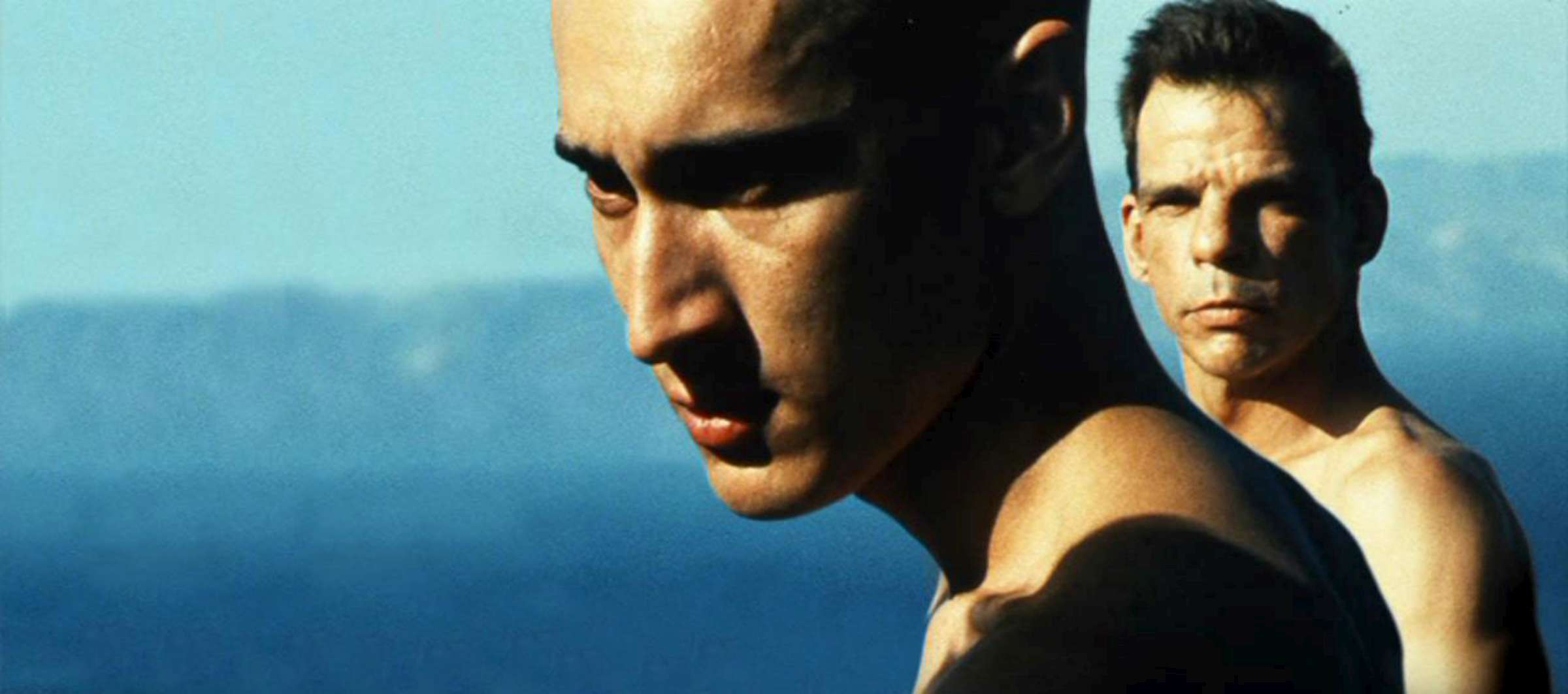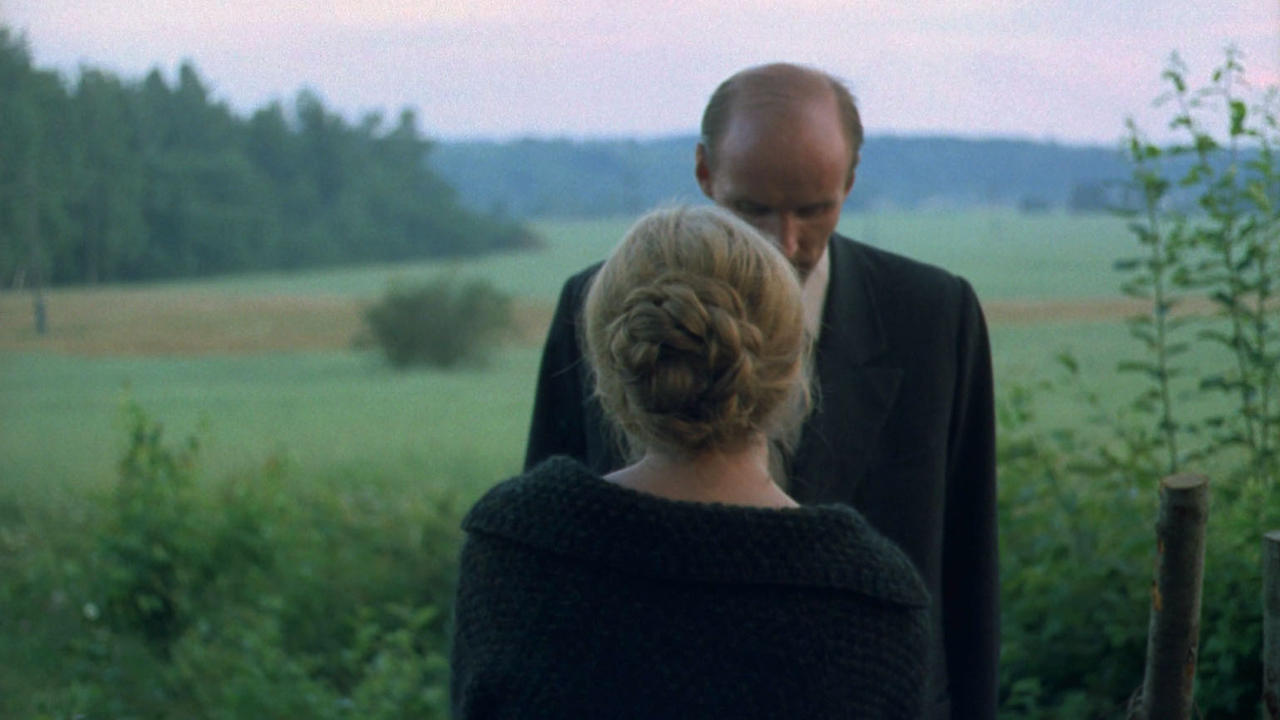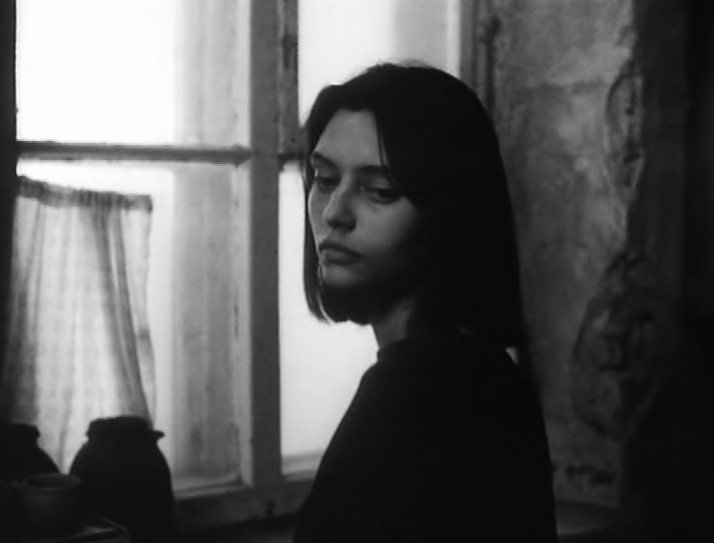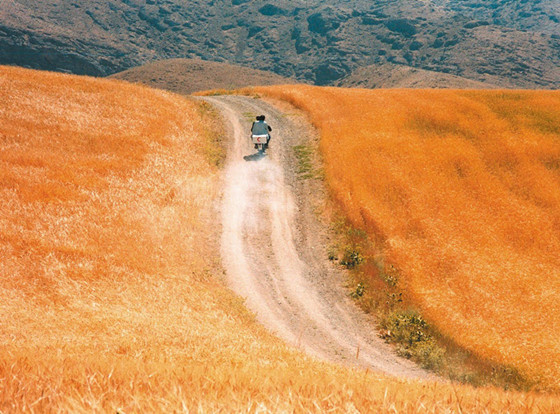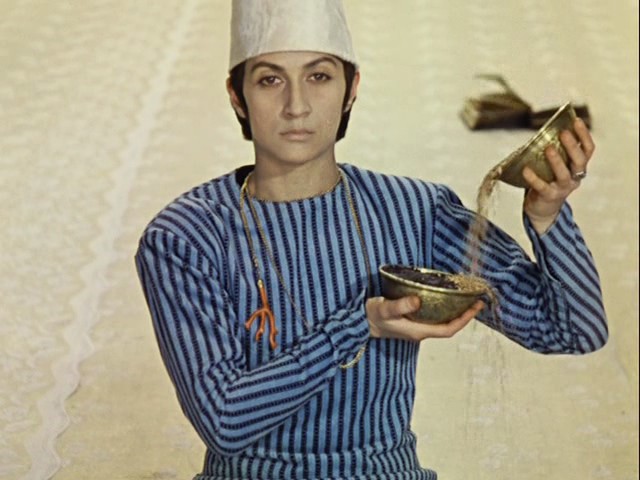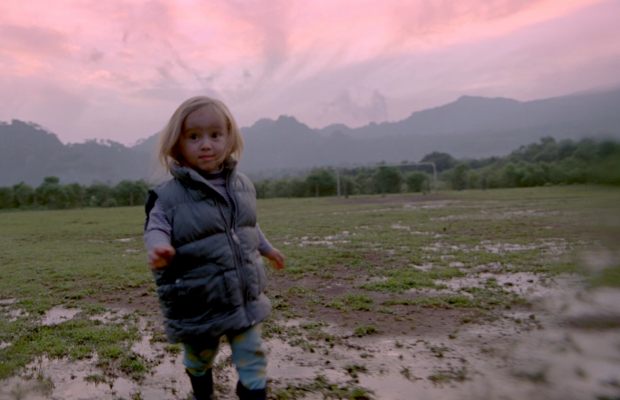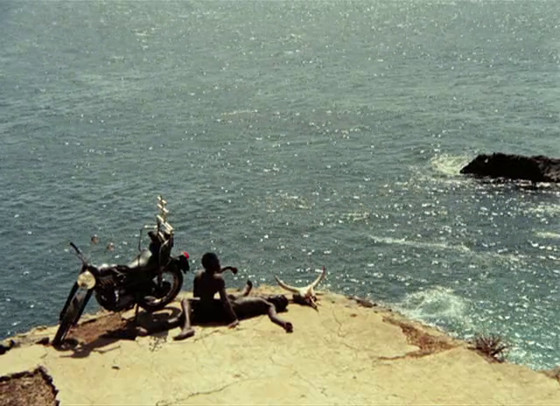Poetic cinema is an ever elusive term that branches out into vast territory. Some associate it with the “arthouse”, others with the “avant garde”; two types of film making that in themselves escape lucid distinction.
Poetry itself is an overarching monstrosity of concepts and aesthetics, so what part of poetry does “Poetic” cinema refer to? The poetry of TS Elliot is different than that of Goethe or Breton or Whitman or Poe. It might be said that “Poetic” cinema refers to poetry, simply, in its difference to prose; prose equating a somewhat consistent temporal and spatial topography and poetry sacrificing this consistency and clarity in the favor of immediate experience and immersion.
The chaotic and elusive reverie of dreams and memory, then, are primal elements of vision that could provide that experience. Poetic film makers to an extent either delve into private dreams of their protagonists or fashion their whole aesthetic on the visual chaos of dream where rationale takes a backseat.
A sense of urgency also could be a formal element of the poetic; of immersing the spectator in a present moment either through a state of sedation or lingering on simple everyday scenes, where the film elevates itself from a series of events to a state of mind.
Basho, an Edo-period poet, claimed that Haiku (ancient and rigorous Japanese poetry) manifests itself to the observer when “you have plunged deep enough into the object to see something like a hidden glimmering…”. Poetic cinema is the chasm that gets us closer to that “glimmering” and replaces being with interbeing through distilling us into its images of immediate experience.
A cinema of poetry then could utilize the chaotic ether of dream/memory, forgo logical spatio-temporal consistency, record complex everyday human gestures or events or provide a sense of immersive visual urgency. With the term ”poetic” being still amorphous when applied as a criteria, the films on the list will construct a possible correlation, though ultimately condensed, of some films that inhabit one or all of the mentioned ideas.
1. The Mirror (1975, Andrei Tarkovsky)
In a dark melancholic timber cottage, a woman laments her husband’s absence while her children gather round a table pouring sugar over a cat’s head. The cat, unfazed, drinks spilled milk from a bowl of milk and cranberries that one of the children pensively tucks into. They are all lured outside, attracted to a barn engulfed in vivid fiery ember. The camera pans across awestruck subjects sandwiched between the alluring fire in the background and water dribbling from the cottage roof in the foreground.
It’s this richness of detail and visual poetry constantly evoking the ethereal and the supernatural that pours out of every orifice of Tarkovsky’s ode to memory and obsession. Archives of a violent war. A white dove flies over a levitating angelic figure. A dilapidated house, drowning in water, caves in on itself. These fragments of bliss are what grant The Mirror its elusive and transcendental quality.
2. Koridorius – The Corridor (1995, Sharunas Barthas)
The camera sways over faces in smothered awe peering out of windows and walking idly through a dilapidated apartment that resonates with quiet lullabies, haunting voices and pop songs. One of the younger tenants fires a rifle at a bird, downs liquor, and sets fire to a white sheet. A girl flirts frivolously with herself in the mirror.
Occasional inebriation seems to slightly curb the crowd’s ennui, as they dabble in idle chatter and flounder their lazy bodies about. The dawdling inhabitants are eternal dwellers of limbo, trudging through a corridor struck violently with latticed light. Their faces presume the form of some morbid nostalgia; a remembrance of ruined culture. The camera in the same way ponders over portraits of the dwellers with a weary and heavy gaze.
3. The Wind Will Carry Us (1999, Abbas Kiarostami)
A village, smothered in ochre, is etched into a rock. A film maker with a crew drives through the winding strokes of a wasteland decorated with dabs of tree-green. He arrives in the village and is caught in its primacy and ascetic habits.
The film maker is mistaken for an “engineer” by its inhabitants. He listens into a conversation between a tea shop owner and her old shabby husband. They argue about which one works the hardest. The “engineer” quietly and idly waits for an old woman to die so he can record an ancient post mortem ritual the village women perform.
The heavy hearted tenor of the woman’s fading is softened by episodes of a serene pregnant woman in her modest home. The austerity of the village is balanced with Kiarostami’s formal minimalism that issues from the spiritual.
4. The Color of Pomegranates (1969, Sergei Parajanov)
Between ancient stoney ridges, a boy lies supine surrounded by open books, their pages flailing in the wind. The boy is aligned with their geometry. The young inquisitive gazes curiously at the work of dyers engulfed in steam. The wet hanks of wool, newly dyed, leak droplets of vivid red, pink and dark blue.
The boy later becomes a poet and priest of a monastery. He has a dream of stone-faced figures drowned in black; his father lays still, suspended in air while the priest imagines his younger self pendulating a silver orb with a decrepit angel with bony, featherless wings. His death is marked by the vision of a pale beauty covering him in blood-wine before being led to a barren field, his myth living on through angels frolicking with his musical instrument away from his frigid path.
5. Post Tenebras Lux (2012, Carlos Reygadas)
Near-dusk, a wet mossy land with dabbles of water pools is over-arched by a violet sky. A small jubilant girl, as if suddenly bestowed with life and sight, curiously runs after a crowd of dogs that are chasing a cow herd then a horse drove. Cow-bells, heavy splashing water and the little girl’s chuckles fill the air.
The violent gloom of the sky clouds the innocent scene in mystery and foreboding. A glowing demon quietly invades a house carrying a toolbox and creepily tilts his body to gaze into one of the rooms. The two prologues are dreams of a family and auguries of their emotional exile.
6. Touki Bouki (1973, Djibril Diop Mambety)
A road movie about cultural estrangement, Touki Bouki constructs a barrage of poetic images and associations, combining both the everyday and the surreal. Mori and Anta, a pair of amorous Senegalese drifters, attempt a set of hoaxes and robberies to make fast money. The money would get them to Paris, in their minds an Elysium. The two seem spent up and travel calmly from one landscape to another. Mori sports a motorcycle decorated with cow skull-and-horns and a Malian Dogon cross.
The country’s savage culture is exposed when two men gash open the cervix of a goat. Mori and Anta drive in the baking wasteland with a repeated paean to Paris that sounds completely estranged from any reality compared against the image of scorched earth and bare-branched trees.
